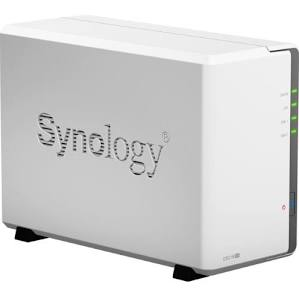 I just learned that today is World Backup Day. I’ll describe the no-monthly-charge backup system that I recommend nowadays to everybody. Continue reading “Celebrate World Backup Day today”
I just learned that today is World Backup Day. I’ll describe the no-monthly-charge backup system that I recommend nowadays to everybody. Continue reading “Celebrate World Backup Day today”
Why can’t USPTO use a user-friendly two-factor authentication?
 WIPO’s release of its latest version of ePCT, with its two new user-friendly approaches to two-factor authentication, provides some perspective. Against this perspective, conspicuous by its absence is any hint or suggestion of USPTO moving to some user-friendly approach to two-factor authentication. Continue reading “Why can’t USPTO use a user-friendly two-factor authentication?”
WIPO’s release of its latest version of ePCT, with its two new user-friendly approaches to two-factor authentication, provides some perspective. Against this perspective, conspicuous by its absence is any hint or suggestion of USPTO moving to some user-friendly approach to two-factor authentication. Continue reading “Why can’t USPTO use a user-friendly two-factor authentication?”
Picking an authentication mechanism for ePCT
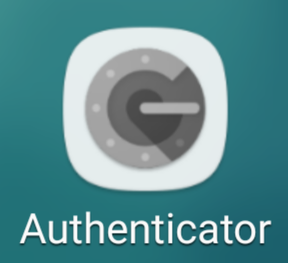
Starting just now, WIPO has made it possible to use two new authentication mechanisms for ePCT, in addition to the one authentication mechanism that has been available in the past. In this article I mention things that you might want to think about in picking an authentication mechanism to use. Continue reading “Picking an authentication mechanism for ePCT”
Thirteen seats left for AIPLA Trademark Roundtable in Denver
It will be recalled that AIPLA is hosting a free-of-charge trademark roundtable at the Denver patent office. Two very important people from the Trademark Office will be there — Meryl Hershkowitz, the Deputy Commissioner for Trademark Operations, and Wendy Cohen, Interlocutory Attorney for the Trademark Trial and Appeal Board. This is a rare and unique opportunity to talk face-to-face with Trademark Office people about issues that are important to you as a trademark applicant or practitioner.
Only thirteen seats remain open for this roundtable. If you want to attend, now is the time to register. You can see the event page here on the USPTO web site.
34 seats remaining for Design Day 2017
Design Day 2017 is almost sold out. See my earlier blog post for information about Design Day 2017 and to see how to register. Only 34 seats remain open for this event.
Attend a trademark roundtable at the Denver patent office April 21
This is your opportunity to participate in a face-to-face AIPLA r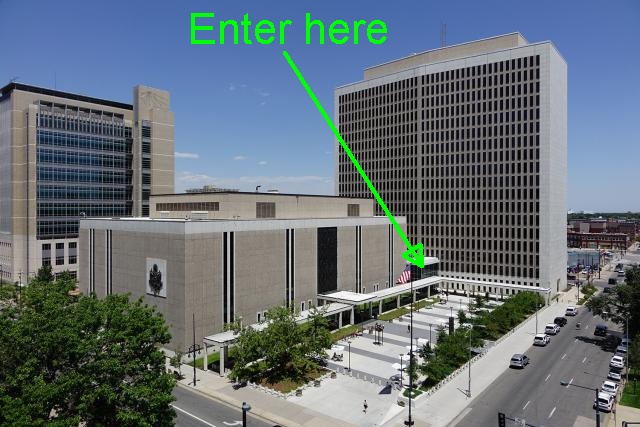 oundtable with leaders from the trademark office at the USPTO. The free-of-charge roundtable will take place April 21 at the Denver patent office. A free breakfast will be provided by Oppedahl Patent Law Firm LLC. For more information, and to register, click here.
oundtable with leaders from the trademark office at the USPTO. The free-of-charge roundtable will take place April 21 at the Denver patent office. A free breakfast will be provided by Oppedahl Patent Law Firm LLC. For more information, and to register, click here.
Time of day returns to normal for US filers filing at the International Bureau
Readers will recall my blog post of two weeks ago in which I described that an American filer would (for a limited time of two weeks) have an extra hour during which to file a same-day filing at the IB. Well, now it’s back to normal. Now the drop-dead time for e-filing (or fax filing) is the usual 4PM (Mountain Time).
So for your PCT filing at the RO/IB, or your direct filing of a Hague Agreement design application, or your payment of a renewal for a Madrid Protocol international trademark registration, or an Article 19 amendment, or a PCT Demand … it’s back to normal.
Smarter battery backup communications nowadays
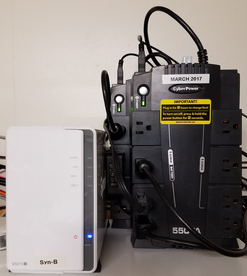
When I started my law firm (almost 25 years ago now), the connection from a UPS (uninterruptible power supply or “battery backup”) to a server was by means of a 9-pin RS-232 serial cable. The signals were simple binary values — power fail, low battery, and UPS shutdown.
Nowadays the connection from a UPS to a server is smarter, as I will describe. Continue reading “Smarter battery backup communications nowadays”
A home-improvement project — USB outlets
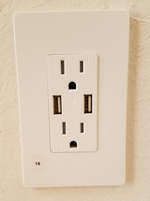 Here’s a nice home-improvement project — installing some USB receptacles around the house. You’ve used outlets like this in hotels and airports. Why not enjoy the convenience of such outlets in your own home?
Here’s a nice home-improvement project — installing some USB receptacles around the house. You’ve used outlets like this in hotels and airports. Why not enjoy the convenience of such outlets in your own home?
A rainy-day project – labeling electrical outlets
 Here’s a fun rainy-day project for those visiting nieces and nephews – labeling the electrical outlets. A first person is stationed at the circuit breaker panel. A second person is roaming the house, carrying a label maker and a lamp. These people are using walkie-talkies, if needed, or better yet, if they have amateur radio licenses, ham radio handy-talkies. The lamp is plugged into an outlet and is turned on. The person at the circuit breaker panel switches off the breakers one by one until it is determined which circuit breaker powers the outlet. A label is printed and applied to the cover plate of the outlet. (For example in this case it is breaker number 15.) The process is repeated until every electrical outlet has been labeled.
Here’s a fun rainy-day project for those visiting nieces and nephews – labeling the electrical outlets. A first person is stationed at the circuit breaker panel. A second person is roaming the house, carrying a label maker and a lamp. These people are using walkie-talkies, if needed, or better yet, if they have amateur radio licenses, ham radio handy-talkies. The lamp is plugged into an outlet and is turned on. The person at the circuit breaker panel switches off the breakers one by one until it is determined which circuit breaker powers the outlet. A label is printed and applied to the cover plate of the outlet. (For example in this case it is breaker number 15.) The process is repeated until every electrical outlet has been labeled.
For extra credit, a third person can sketch a map of the house and the outlet locations plotted on the map. The map can then be posted next to the circuit breaker panel.
When the project is finished, everybody can make popcorn and watch a movie. A fun activity for the entire family!
